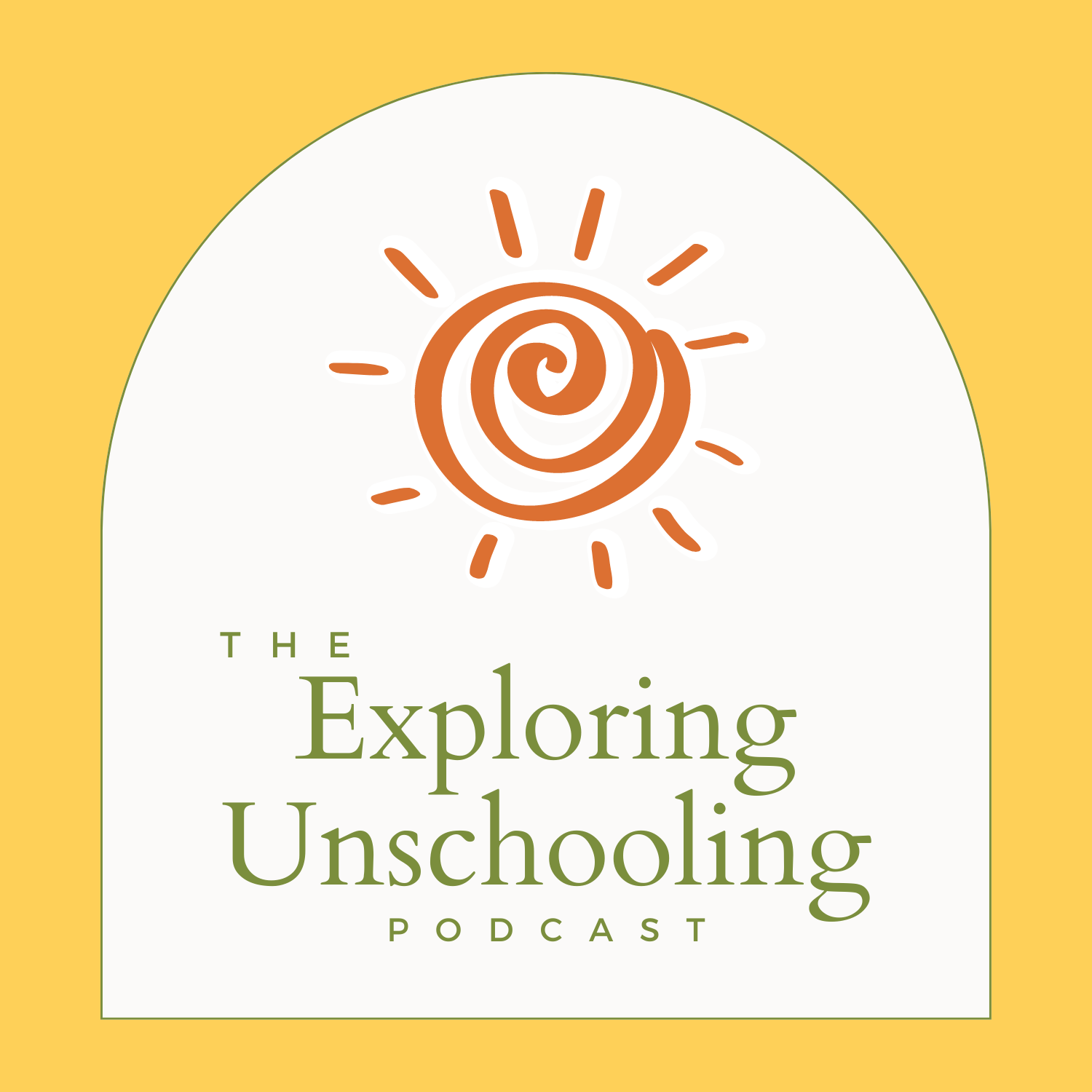EU387: Foundations: Seeing Through Someone Else’s Eyes
Update: 2025-06-19
Description
For this week’s episode, we’re sharing the next Foundations episode of the Living Joyfully Podcast with Pam and Anna, Seeing Through Someone Else’s Eyes. “Seeing through someone else’s eyes” is a shift from the typical phrase, “walking in their shoes.” And it’s a valuable paradigm shift to consider when trying to learn more about the […]
Comments
In Channel





